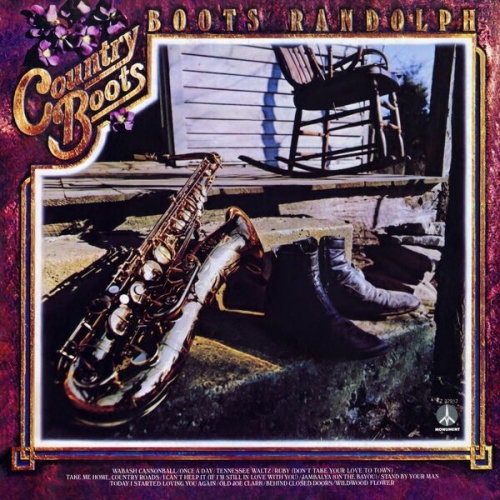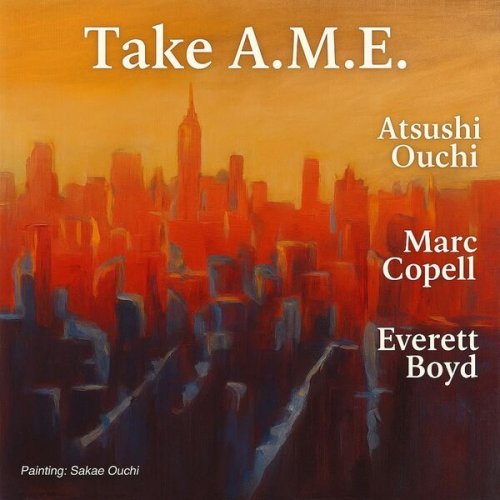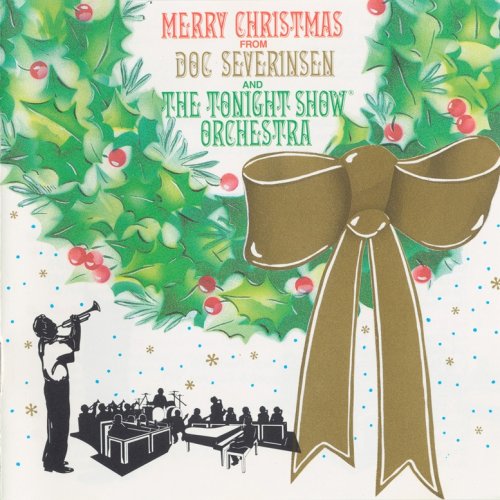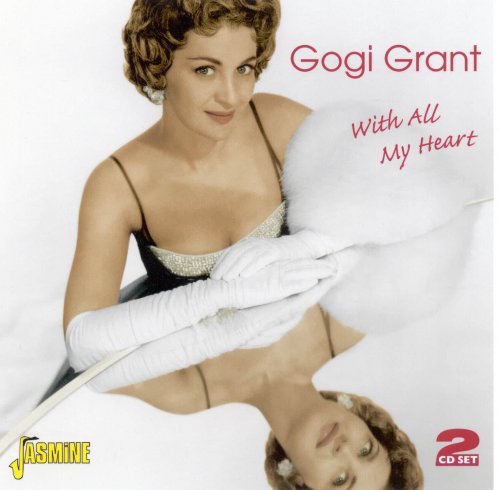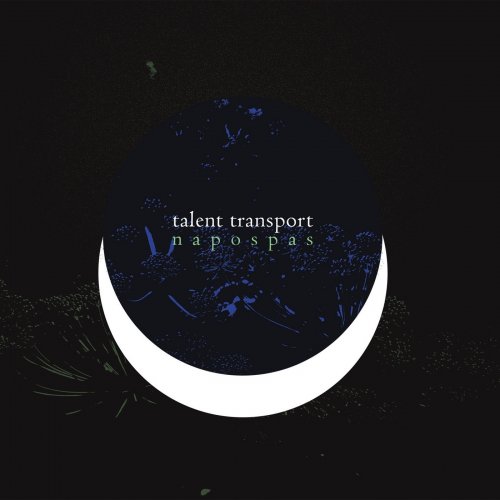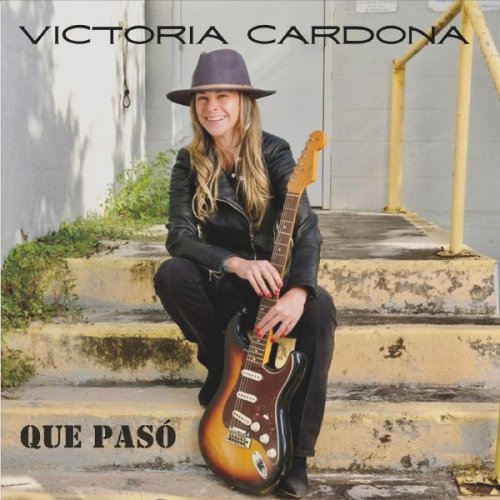Alter Ego - Philip Glass: 600 Lines, How Now (2003)
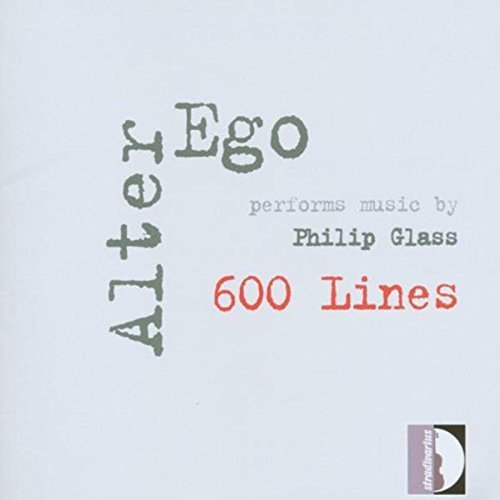
Artist: Alter Ego
Title: Philip Glass: 600 Lines, How Now
Year Of Release: 2003
Label: Stradivarius
Genre: Classical
Quality: FLAC (image+.cue,log)
Total Time: 60:28
Total Size: 313 Mb
WebSite: Album Preview
Tracklist: Title: Philip Glass: 600 Lines, How Now
Year Of Release: 2003
Label: Stradivarius
Genre: Classical
Quality: FLAC (image+.cue,log)
Total Time: 60:28
Total Size: 313 Mb
WebSite: Album Preview
1. 600 Lines (1968) for ensemble
2. How Now (1968) for ensemble
Performers:
Alter Ego
Manuel Zurria, flute
Paolo Ravaglia, clarinet
Francesco Peverini, violin
Francesco Dillon, cello
Oskar Pizzo, keyboard
Giuseppe Pistone, electric guitar
Fulvia Ricevuto, vibraphone-marimba
Italian ensemble Alter Ego have made their name playing the post-minimalism of composers as diverse as Louis Andriessen, David Lang and Frederic Rzewski. Now they turn their attention to pre-, or perhaps more accurately, prototype minimalism in this fine two-disc survey of early Philip Glass. Rejecting the seamless cross-stitching and salamander slither of Glass’s own ensemble, Alter Ego opt for a brassier and more strident approach. This strategy proposes a subtly alternative view about which the composer obviously approves – Orange Mountain Music is his own label.
As Glass explains in his programme notes, 600 Lines and How Now (both 1968) were the first compositions written for his eponymous ensemble and were, in effect, “practice pieces”. The works are anchored around the ebb and flow of repetitive cycles that ripple outwards like a stone hitting a pond. The constant shifting sense of “1” is where main interest lies, a feature Alter Ego’s rhythmic assertiveness keenly highlights. Their default instrumentation of flute, clarinet, keyboards, electric guitar, mallet percussion, violin and cello adds a timbral flavour distinct from the trademark electric organ tone of the original.
The seminal Music in Similar Motion and Music in Contrary Motion (both 1969) are similarly revitalised, and the rarely heard instrumental works are a delight. Strung Out (1967) for solo violin takes a line for a marathon zigzagging walk and is brilliantly traversed by Francesco Peverini, while the charming Piece in the Shape of a Square (1968) for two flutes moves through stealth-like harmonic fields, with an atmosphere of intense misterioso.
As Glass explains in his programme notes, 600 Lines and How Now (both 1968) were the first compositions written for his eponymous ensemble and were, in effect, “practice pieces”. The works are anchored around the ebb and flow of repetitive cycles that ripple outwards like a stone hitting a pond. The constant shifting sense of “1” is where main interest lies, a feature Alter Ego’s rhythmic assertiveness keenly highlights. Their default instrumentation of flute, clarinet, keyboards, electric guitar, mallet percussion, violin and cello adds a timbral flavour distinct from the trademark electric organ tone of the original.
The seminal Music in Similar Motion and Music in Contrary Motion (both 1969) are similarly revitalised, and the rarely heard instrumental works are a delight. Strung Out (1967) for solo violin takes a line for a marathon zigzagging walk and is brilliantly traversed by Francesco Peverini, while the charming Piece in the Shape of a Square (1968) for two flutes moves through stealth-like harmonic fields, with an atmosphere of intense misterioso.
